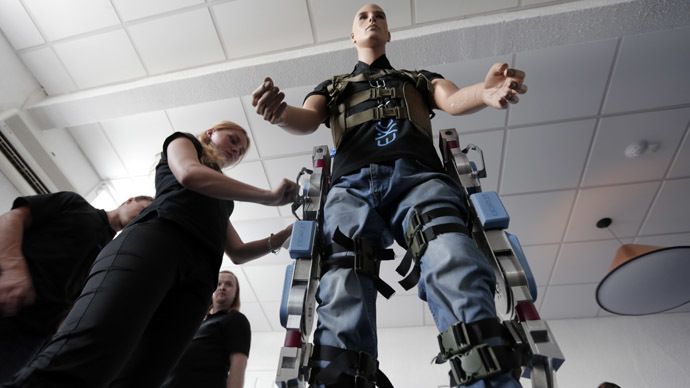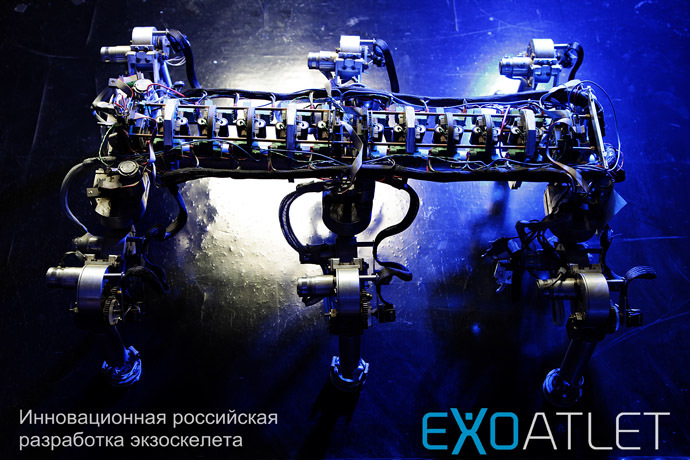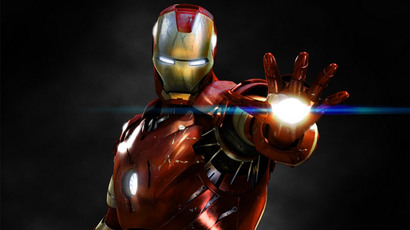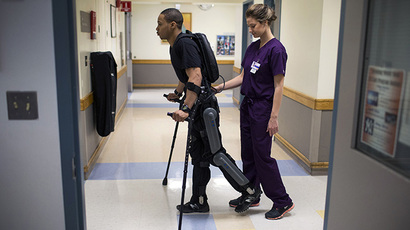First Russian medical exoskeleton goes on trial (PHOTOS, VIDEO)

A Russian start-up has begun to recruit volunteers with musculoskeletal disabilities to test the first Russian-designed exoskeleton, which costs a fraction of its Western equivalents and could transform the lives of thousands.
“I have been doing rehab for three years, after falling down
the stairs, but I still can’t walk,” painter Yekaterina
Romanova, who is one of more 100 people who have volunteered for
the trials, set to begin in autumn, told Izvestiya newspaper.
“With the exoskeleton I will finally be able to walk unaided,
to buy paints for my art without outside help.”
The exoskeleton is a mechanical frame that is attached to
functional parts of the human body, allowing them to move as
intended, with the aid of computer-controlled robotics.
“The exoskeleton helps people stay upright, which means their
muscles are exercising, their lungs are working properly, and
there is less chance or urological infections,” said
Ekaterina Bereziy, the head of ExoAtlet, the company founded on the basis of
research at Moscow State University, which has now relocated to
the Skolkovo innovation center.

ReWalk, the leading Israeli-patented exoskeleton that has
recently become commercially available to individuals in the
US, retails at $70,000 and above. The ExoAtlet-Med device is
expected to be priced at about half that once it hits the market.
If the first rounds of tests are successful, by the summer of
2015 the medical exoskeleton will undergo clinical trials at
rehabilitation centers ahead of certification by the healthcare
authorities.
While variations of the exoskeleton had been patented as far back
as the late 19th century, functioning exoskeletons only became
possible with GE prototypes in 1960s, and practical for
individual users in the past decade.
Latest World Health Organization statistics show that 500,000
people a year sustain serious spinal injuries worldwide, and
while not all of them may need an exoskeleton, potentially
millions would see their lives transformed by the long-envisioned
device.














